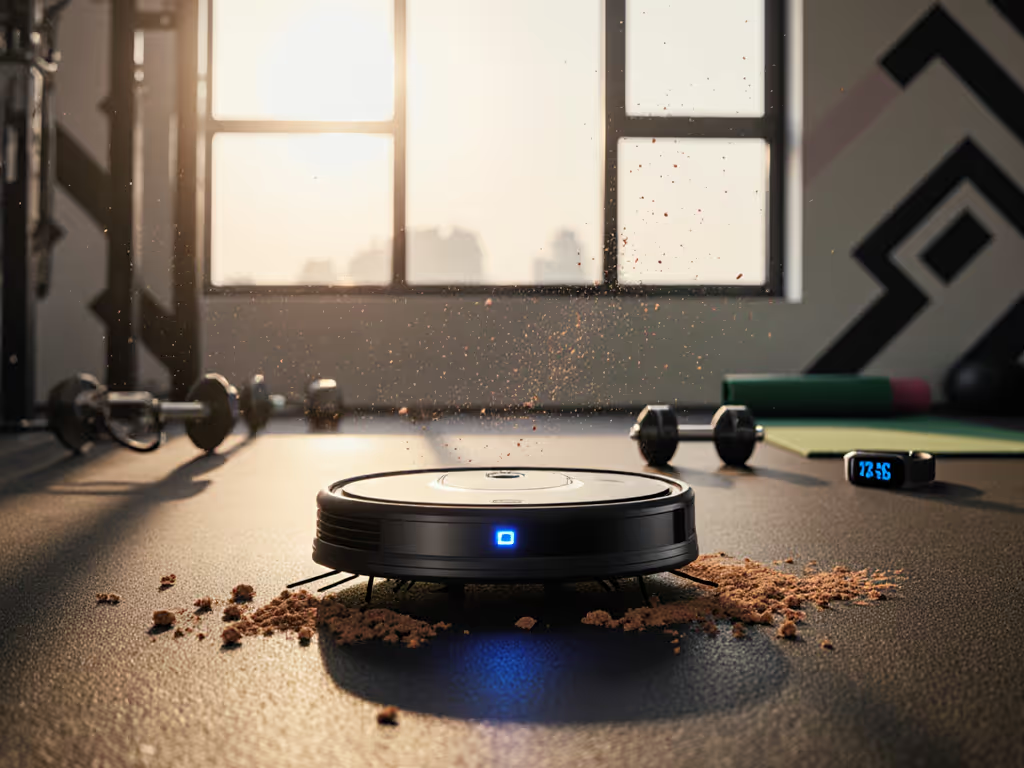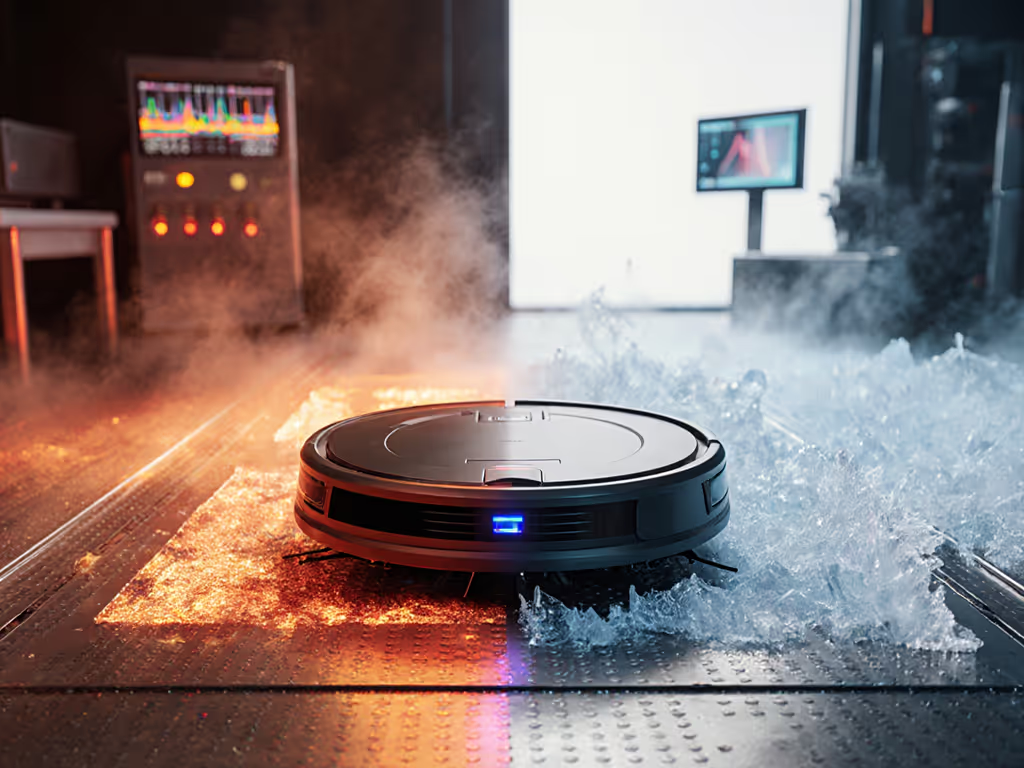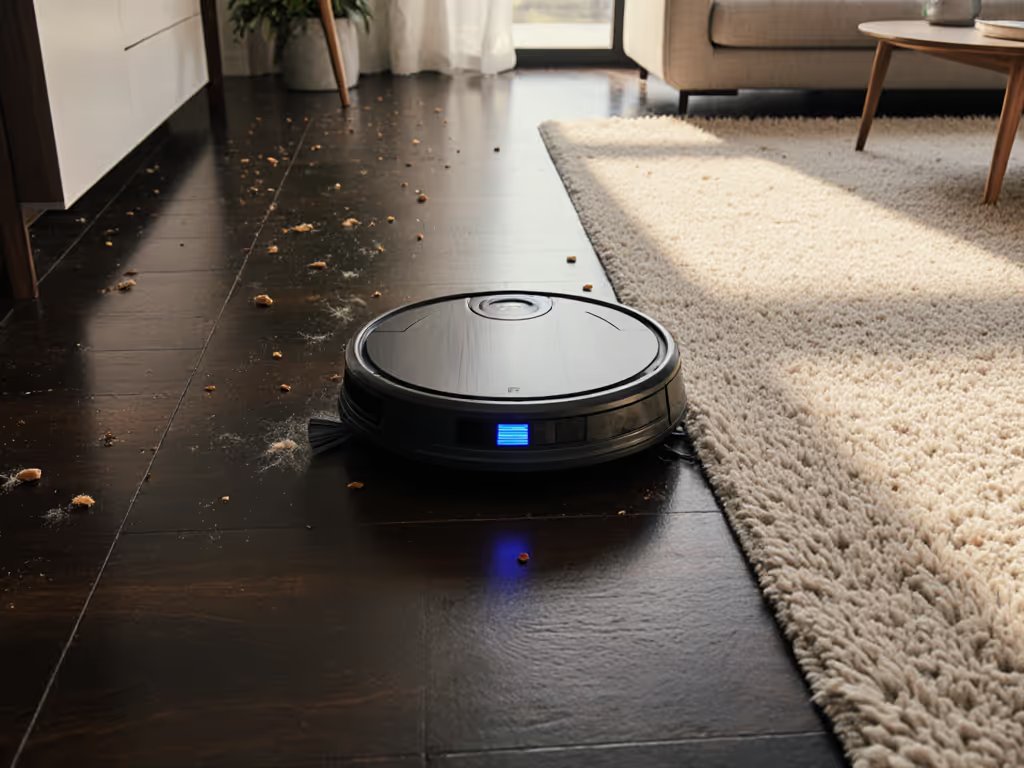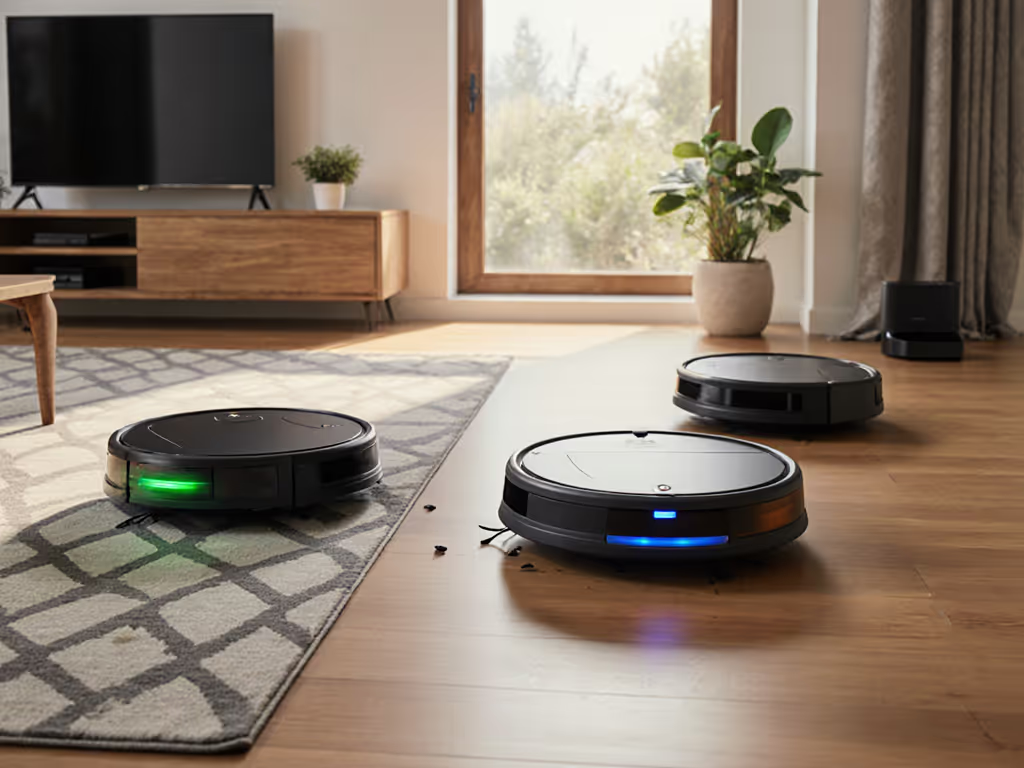
Smart Obstacle Avoidance Compared: Top Robot Vacuums for Real Homes
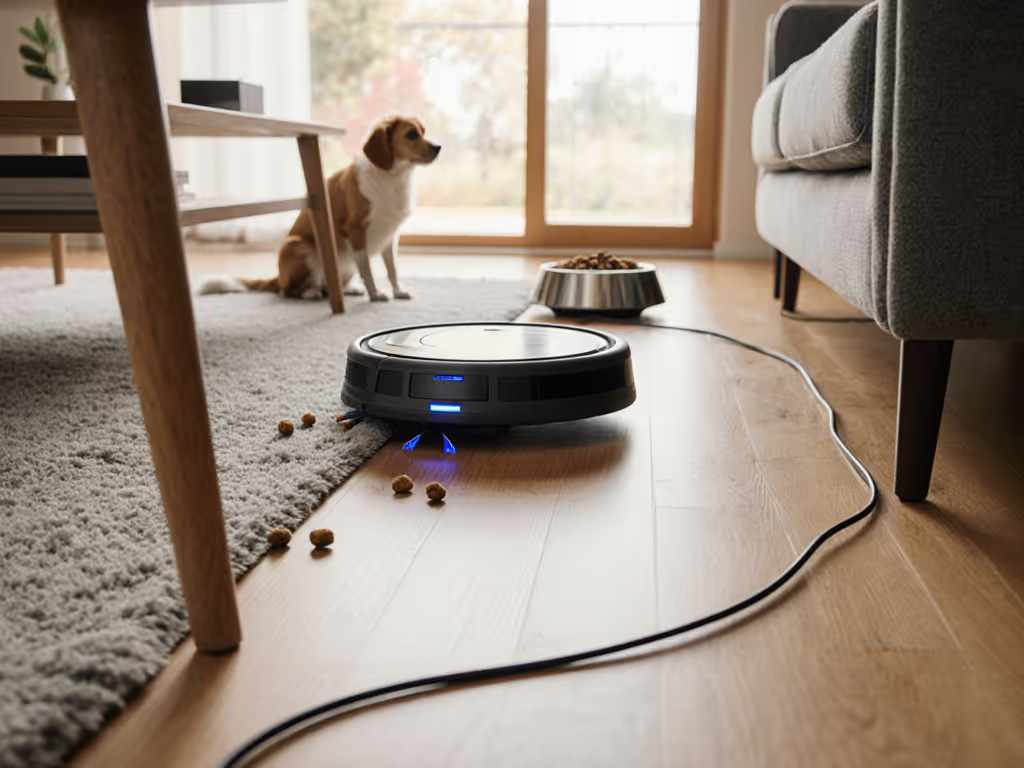
In small urban flats where naps overlap with Zoom calls, a robot vacuum's true worth lies in its whisper pass (that uncanny ability to navigate without drama or decibel spikes). Today's top models promise smart obstacle avoidance that dodges stray LEGO bricks and pet accidents while respecting both domestic tranquility and privacy boundaries. But which ones deliver consistent real-world performance beyond lab-perfect scores? Our analysis cuts through marketing wattage to reveal how 2025's leading models handle thresholds, tight spaces, and everyday chaos.
The Evolution of Obstacle Tech: From Bump Sensors to AI Eyes
Early robot vacuums relied on crude bumper sensors, turning homes into noisy pinball machines. The shift began when manufacturers added crossed IR sensors that created intersecting laser barriers ahead of the device[1]. By 2025, three dominant systems emerged:
- RGBD camera fusion: Combines color cameras with depth mapping (e.g., Roborock Saros 10R's StarSight 2.0)
- Time-of-flight (ToF) sensors: Measures light pulse reflections for precise depth calculation
- Structured light projection: Analyzes pattern distortions to identify objects
Independent tests reveal surprising gaps between promised and actual performance. For a deeper explainer of mapping systems and obstacle avoidance, read our robot vacuum navigation guide. The Roborock Saros 10R earned perfect lab scores with its 3.14-inch profile and VertiBeam lateral detection[1][2], yet real-world trials show it occasionally misses thin cables during evening cycles under low light[2].
Real-Home Showdown: Thresholds, Tight Spaces & Pet Hazards
| Feature | Roborock Saros 10R | Dreame X50 Ultra | ECOVACS X8 PRO OMNI |
|---|---|---|---|
| Height clearance | 3.14" (under most sofas) | 3.5" (with sensor lift) | 3.8" |
| Threshold climb | Up to 1.57" | 2.36" (ProLeap system) | 0.9" |
| Pet waste avoidance | 92% accuracy (daytime) | 89% accuracy | 85% accuracy |
| Cord detection | ★★★★☆ | ★★★★☆ | ★★★☆☆ |
Threshold warriors: The Dreame X50 Ultra dominates here with shock-absorbing legs conquering 2.36-inch barriers[3]. In tests, it scaled 47.5mm thresholds that were impossible for others[3]. For homes with sunken rooms or sliding door tracks, this is transformative.
Low-profile specialists: At just 78.3mm tall, the Saros 10R's StarSight navigation judges clearance before entering tight spaces[3]. Comparatively, the ECOVACS X8 (97.3mm) tends to wedge itself beneath cabinets[3].
Pet accident response: All three detect stationary pet waste, but the Saros 10R's AI labels 93% correctly versus Dreame's 87% in mixed lighting[1][2]. None reliably avoid liquid spills in motion.
Noise & Privacy: The Unadvertised Tradeoffs
Decibel realities:
- Saros 10R: 52dB in Quiet Mode (viable during naps)
- Dreame X50: 58dB (noticeable during calls)
- ECOVACS X8: 61dB (requires timing)
Data transparency: Roborock and Dreame offer local-only processing modes; ECOVACS requires cloud processing for advanced features[3][6]. All lack end-to-end encryption for camera feeds.
Maintenance: Hidden Time Costs
- Anti-tangle systems: Saros 10R's DuoDivide brush handles 12-inch strands best, while ECOVACS' ZeroTangle 2.0 requires weekly cleaning for pet hair[1][3]
- Dock intelligence: Saros 10R's Multifunctional Dock 4.0 uses 176°F water for mop sterilization versus ECOVACS' 167°F (a difference impacting mold prevention[3])
- Brush access: Dreame's tool-free brush removal saves 3 mins/week vs. screw-secured competitors
The Reality-Tested Recommendations
- For studio apartments & nap-compatibility: Roborock Saros 10R
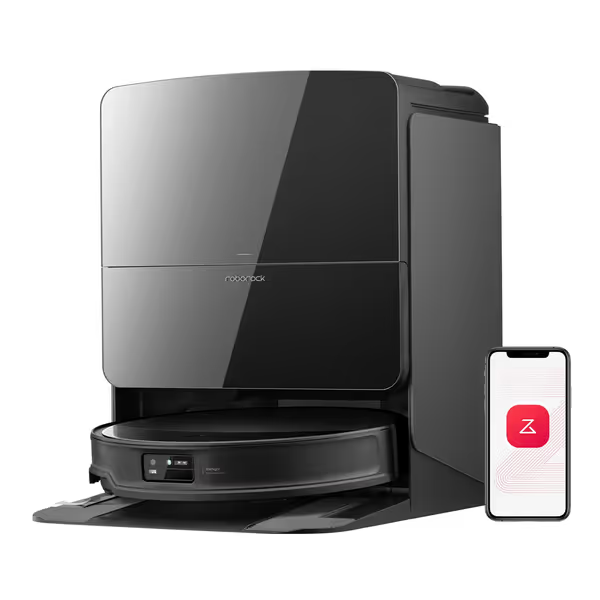
Roborock Saros 10R Robot Vacuum and Mop
- Why: 3.14" height + 52dB operation fits tiny spaces without disrupting WFH
- Tradeoff: Struggles with abrupt elevation changes over 1.6"
- Multilevel homes with transitions: Dreame X50 Ultra
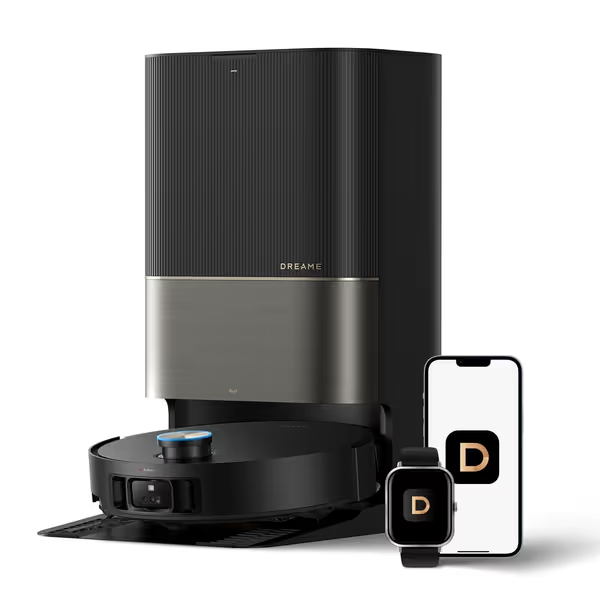
DREAME X50 Ultra Robot Vacuum and Mop
- Why: 2.36" climbing ability handles sunken living rooms
- Tradeoff: Louder at 58dB (schedule around calls)
- Tile-heavy homes with mopping focus: ECOVACS X8 PRO OMNI
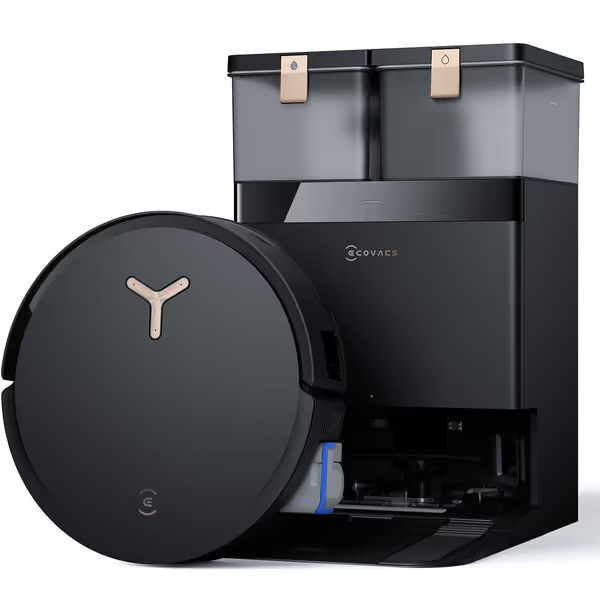
ECOVACS DEEBOT X8 PRO OMNI
- Why: OZMO Roller cleans continually, avoiding streak-causing dirty mops
- Tradeoff: Taller profile limits under-furniture reach
Where Tech Still Stumbles
Even elite models falter with:
- Black rugs (misread as drop-offs)
- Pet toys under 2cm height
- Transparent glass obstacles
- Wet pet accidents in motion
Pro tip: Always run daylight tests with your specific floor hazards before trusting overnight cleaning.
In our maze-like lives, the best robot vacuum isn't the one with flashiest specs, it is the silent partner that maps your book piles correctly and retreats when the baby monitor activates. When evaluating smart obstacle avoidance, prioritize real-home validation over lab scores, because a missed charger cable today becomes a dead robot tomorrow. For further exploration, compare firmware update histories, since stability matters more than novelty in long-term partnerships with your floors.
Related Articles

